-
Welcome to Tacoma World!
You are currently viewing as a guest! To get full-access, you need to register for a FREE account.
As a registered member, you’ll be able to:- Participate in all Tacoma discussion topics
- Communicate privately with other Tacoma owners from around the world
- Post your own photos in our Members Gallery
- Access all special features of the site
AdventureTaco - turbodb's build and adventures
Discussion in '1st Gen. Builds (1995-2004)' started by turbodb, Apr 4, 2017.
Page 256 of 281
Page 256 of 281


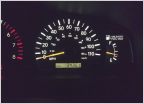 Sam's Tacoma Build
Sam's Tacoma Build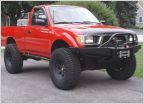 CAZ's Standard Cab Build
CAZ's Standard Cab Build ShapeShifter Builds Bumble
ShapeShifter Builds Bumble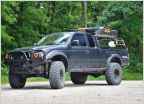 PcBuilder's 2003 Tacoma Build
PcBuilder's 2003 Tacoma Build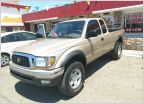 Old but gold 4x4 swap
Old but gold 4x4 swap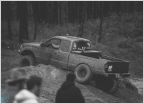 4banger Junkyard build
4banger Junkyard build






































